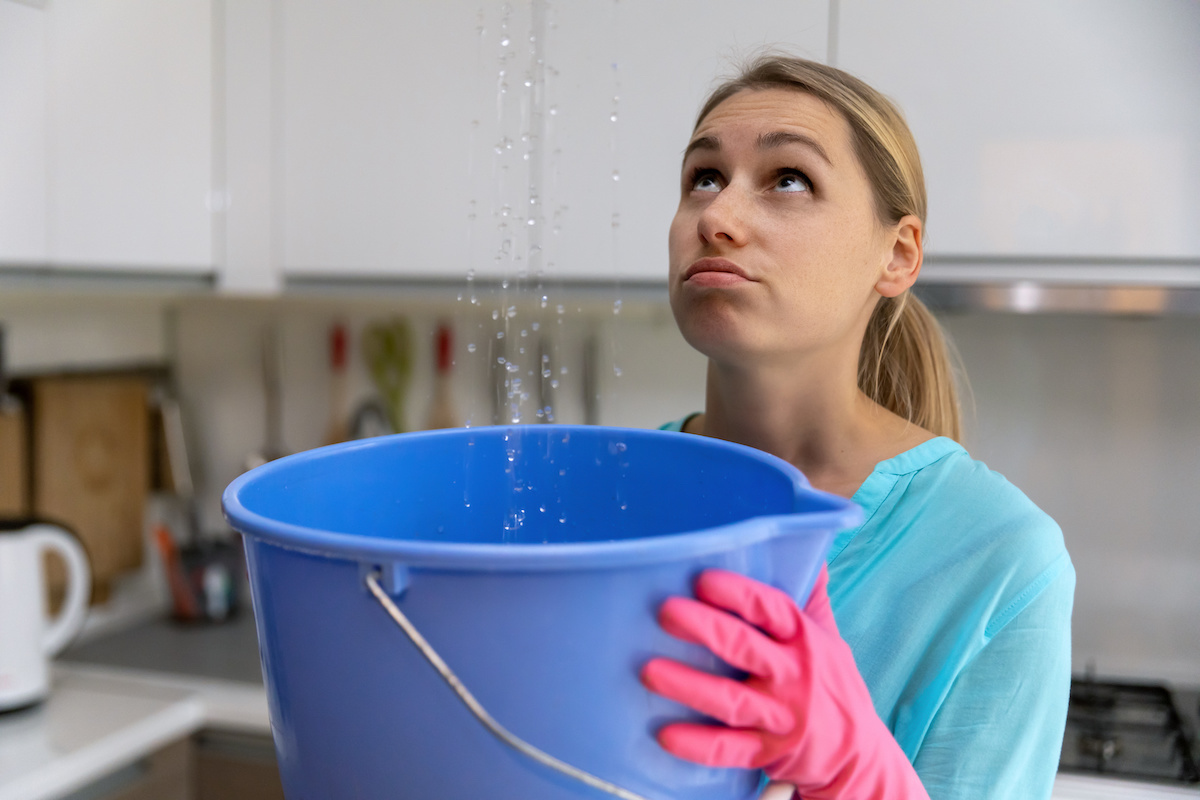They are making several great observations related to How Fast Water Damage Can Ruin Your Home as a whole in this great article underneath.

Leaks not only create waste of water yet can also cause unneeded damage to your house and advertise undesirable organic growth. By looking as well as recognizing for daily situations that cause leaks, you can shield your residence from future leaks as well as unnecessary damage.
Instant temperature adjustments.
Severe temperature adjustments in our pipes can create them to broaden and get all of a sudden. This growth and tightening may create splits in the pipes, specifically if the temperature are below freezing. It would be best if you watched on exactly how your plumbing functions. The visibility of the previously stated circumstances often indicates a high danger.
Rusty water systems
This could be the cause of discoloration or warping on your water pipes. If our plumbing system is old, think about replacing the pipelines because they are at a greater danger of corrosion than the newer models.
Faulty Pipeline Joints
The factor at which your pipes connect is frequently the weakest link in the waterline. Pipeline joints can weaken with time, causing water leakages. However, the majority of pipe joints are not easily noticeable. If you have noisy pipes that make ticking or banging noises, especially when the warm water is switched on, your pipe joints are most likely under a great deal of pressure. It is suggested to have your plumber check your system yearly.
Elbowing in origins
A lot of water leaks begin outside the house rather than inside it. If you notice an unexpected decrease in water pressure, state in your faucet, take time to go out and analyze your yard. You may see wet spots or sinkholes in your backyard, which could imply that tree roots are invading water lines causing water to permeate out. You can have your plumber check for intrusion, specifically if you have trees or bushes near your building.
Poor Water Connectors
At times, a leak can be triggered by loosened tubes and pipes that provide your appliances. In instance of a water connections leakage, you may notice water running straight from the supply line or puddles around your home appliances.
Clogged Drains
Blocked drains pipes may be frustrating as well as inconveniencing, but they can occasionally end up triggering an overflow leading to break pipelines. Keep eliminating any type of products that might go down your drains that could block them to prevent such aggravations.
All the above are causes of leakages but not all water leaks result from plumbing leaks; some leaks could originate from roof covering leakages. All leakages must be repaired promptly to avoid water damage.
Leaks not only create waste of water yet can additionally trigger unnecessary damage to your home as well as advertise unwanted organic development. By recognizing and looking for everyday situations that cause leaks, you can shield your home from future leakages as well as unneeded damages. Today, we will look at six leakage triggers that might be causing your pipes to leak.
At times, a leakage can be triggered by loosened hoses as well as pipelines that provide your appliances. In situation of a water links leakage, you might notice water running directly from the supply line or pools around your devices.
How To Check For Water Leak In Your Home
How To Check for Leaks
The average household's leaks can account for nearly 10,000 gallons of water wasted every year and ten percent of homes have leaks that waste 90 gallons or more per day. Common types of leaks found in the home are worn toilet flappers, dripping faucets, and other leaking valves. These types of leaks are often easy to fix, requiring only a few tools and hardware that can pay for themselves in water savings. Fixing easily corrected household water leaks can save homeowners about 10 percent on their water bills.
To check for leaks in your home, you first need to determine whether you're wasting water and then identify the source of the leak. Here are some tips for finding leaks:
Take a look at your water usage during a colder month, such as January or February. If a family of four exceeds 12,000 gallons per month, there are serious leaks.
Check your water meter before and after a two-hour period when no water is being used. If the meter changes at all, you probably have a leak.
Identify toilet leaks by placing a drop of food coloring in the toilet tank. If any color shows up in the bowl after 10 minutes, you have a leak. (Be sure to flush immediately after the experiment to avoid staining the tank.)
Examine faucet gaskets and pipe fittings for any water on the outside of the pipe to check for surface leaks.
Undetected water leaks can happen without the home or business owner even realizing. If you suspect a water leak, but not able to find the source. It is time to contact a professional water leak detection service, The Leak Doctor.
How To Find a Water Leak In Your Home
https://www.leakdoctor.com/blog/How-To-Check-For-Water-Leak-In-Your-Home_AE197.html

I found that blog entry on How to Find Water Leaks while scouting around the web. You should set aside a second to distribute this write-up if you appreciated it. I treasure reading our article about How Fast Water Damage Can Ruin Your Home.
Your search ends; experts here.